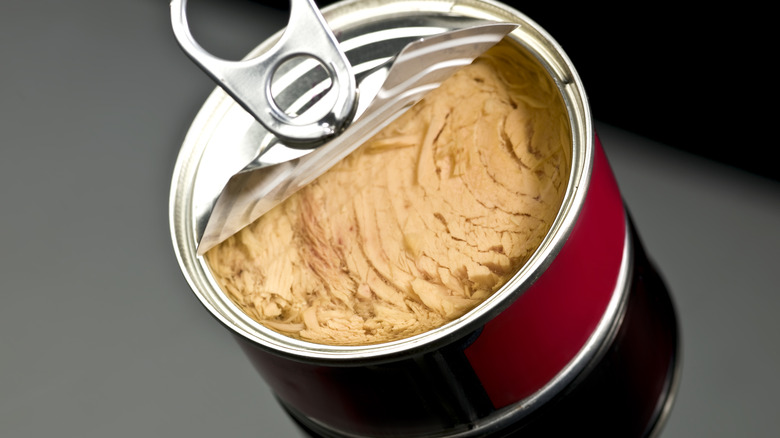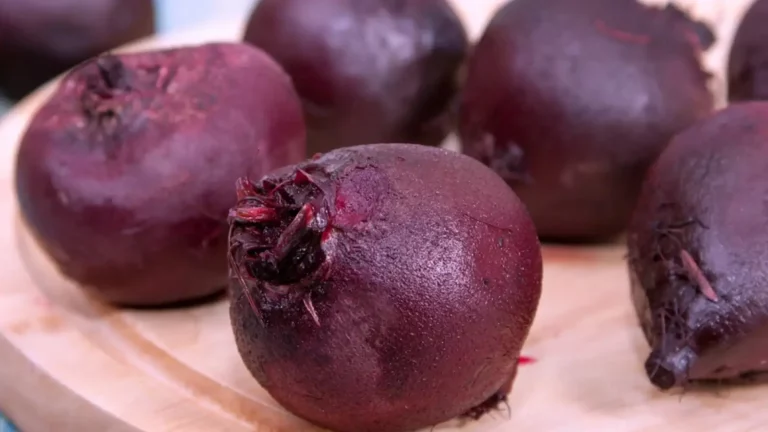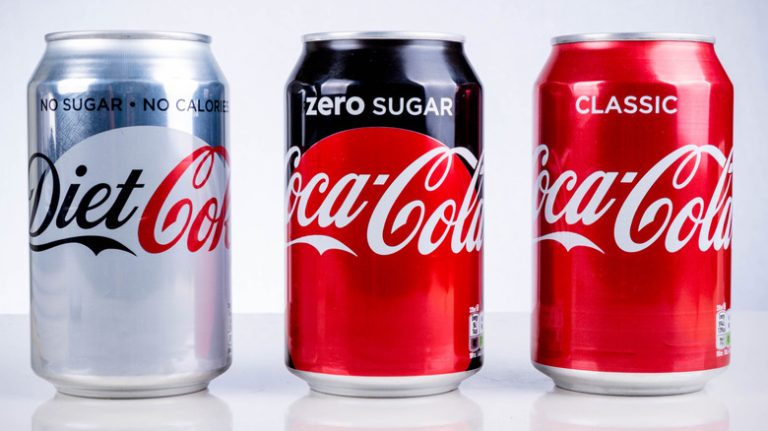
Canned tuna is a convenient option for obtaining a healthy, low-fat serving of protein while also benefiting from docosahexaenoic acid (DHA), which enhances brain and eye health. Nowadays, many brands offer canned tuna in single-serve pouches, eliminating the need for a can opener.
Whether you prefer mixing your tuna with a bit of mayo for a sandwich or topping it with cheese for a tuna melt, you might have some leftovers, depending on the can’s size. It’s clear that returning the can to the pantry or leaving it on the counter is a bad idea. According to the United States Department of Agriculture (USDA), bacteria can grow rapidly on food between 40 and 140 degrees Fahrenheit. Consuming food left on the table or counter for two hours or more increases the risk of foodborne illness. The USDA reports that each year, 48 million people contract foodborne illnesses from improperly cooked or stored food. Once you’ve finished preparing or cooking your canned tuna, it’s essential to store it in a refrigerator set to 40 degrees or colder.
Storing leftover canned tuna in the refrigerator

If you have leftover tuna still in the can, the USDA suggests storing the can itself in the refrigerator. To maintain the tuna’s flavor, it’s advisable to seal it in a glass or plastic container. An opened can of tuna can last between three and four days in the refrigerator. However, the Academy of Nutrition and Dietetics notes that once moisture, light, and air reach the tuna, it becomes prone to spoilage. They recommend consuming the tuna within one or two days after opening.
If you’ve prepared a tuna casserole that’s still hot from the oven, divide it into smaller portions before refrigerating. This will help it cool more quickly. Leftovers can also be stored in the freezer for about three or four months, but keep in mind that freezing removes much of the moisture.
Before consuming any leftover tuna from the refrigerator, inspect it for signs of spoilage. The Kitchen Community advises checking for a foul (rather than fishy) odor. If the tuna appears off-brown or slimy, discard it.
Storing unopened canned tuna in the pantry

The Kitchen Community notes that despite your best efforts to prevent spoilage, the tuna might have been spoiled before opening. It’s recommended to store canned tuna in a pantry or any location away from direct sunlight or heat sources. Cans of tuna come with expiration dates, so check them regularly if the cans have been in the pantry for a while. It’s also wise to place older cans toward the front of your pantry to ensure you consume them first.
After checking the expiration date, examine the can for mold, dents, bulges, rust, or leaks. Upon opening, it should smell fishy, not rancid. Pay attention to any changes in color or texture. Any cans showing these spoilage signs should be discarded.
“`




